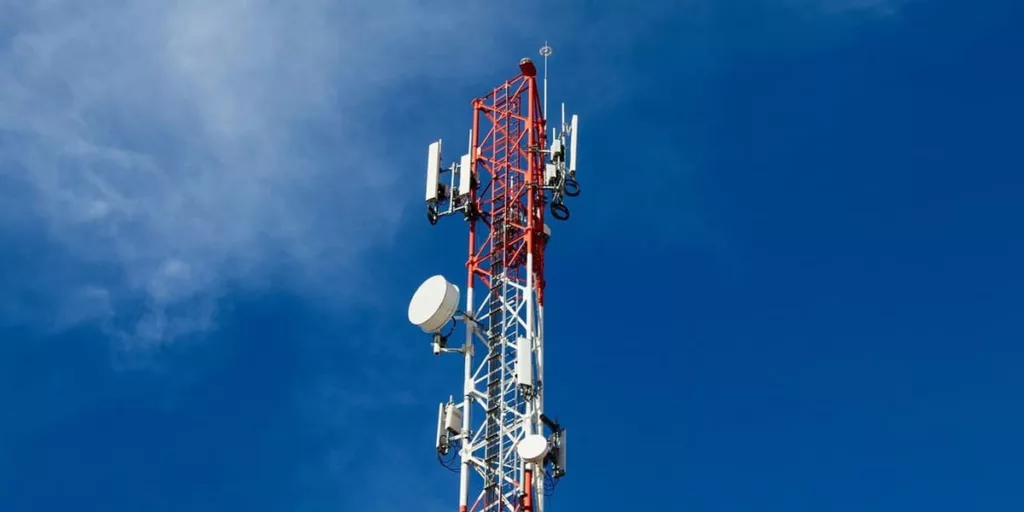Telecom Bill passed in Lok Sabha. Read the provisions here.

Telecom Bill passed in Lok Sabha. Read the provisions here.
By: Pune Pulse
December 21, 2023
The Lok Sabha on Wednesday approved a bill that would give the government the authority to temporarily seize control of telecom services in the event of a national security emergency and that would allocate satellite spectrum through a non-auction method.
After a brief debate, the Telecommunications Bill, 2023 was approved by voice vote which gives the Center the authority to seize control of a telecom network in the event of a public emergency or to protect public safety.
The following are the key points & provisions in the Telecom Bill:
User protection remains the main focus with strict KYC norms
- Three years imprisonment / fifty lakh rupees penalty for acquiring SIM using fake/forged document.
- Three years imprisonment / fifty lakh rupees penalty for spoofing of telephone number
- Three years imprisonment / fifty lakh rupees penalty on using telecom service via SIM Box etc
Brief on Telecommunications Bill, 2023
1. Focus on user protection:
- ‘Do Not Disturb’ register gets legal mandate to protect users from unsolicited commercial (spam) messages and calls
- Online grievance redressal mechanism for addressing grievances of users
- Acquiring SIM fraudulently using someone else’s identity proof will be punishable
2. Right of way reforms:
- State government led the dispute resolution structure. The District Magistrate and the District Judge will decide right of right-of-way issues
- Provision to establish common ducts in infrastructure projects for installation of telecommunication network
- If public property, permission to be given in time bound manner
- If private property, mutual agreement between owner and person who wants to set up a telecom network
3. License reforms:
- Currently, about 100 different types of licenses. There are various constructs other than license such as registration, permission, and authorization
- Shift to a simple construct of authorization for 3 aspects: providing telecommunication services, operating and expanding telecommunication networks, and possessing radio equipment. OTT kept out
- Documentation will reduce from hundreds of pages currently to a lean and clearly worded document
4. Spectrum reforms:
- The 1885 Act contains no mention of spectrum. The definition of spectrum is clearly mentioned in the Bill
- Auction to be the preferred mode for assignment of spectrum
- Assignment through administrative process for 3 clearly defined purposes:
- Public interest: metro, community radio, broadcasting, etc
- Government functions: defense, railways, police, etc
Cases where the auction is not the preferred mode of assignment due to technical or economic reasons: backhaul, satellite, etc
- National Frequency Allocation Plan to enable long-term planning
- Focus on enabling optimal utilization of spectrum by legally recognizing:
- Re-farming and harmonization of spectrum
- Primary and secondary assignment of spectrum
- Taking back unutilized spectrum
- Technologically-neutral use of spectrum
5. Digital by design 4-tiered dispute resolution framework:
- Voluntary undertaking: to enable assignees and telecom service/ network providers to voluntarily disclose lapses and rectify inadvertent contraventions
- Adjudicating officers and Designated Appeals Committee to function as digital offices to decide matters related to contravention of terms and conditions by assignees and telecom service/network providers
- Appeal to lie to TDSAT
6. Legal framework for standards, cybersecurity, and protection of telecom network:
- Central Government may notify standards for telecommunication services, network, etc
- Measures to protect telecom networks and ensure cyber security
- Trusted source regime and necessary measures including taking over telecom network in the interest of national security, in the event of war, etc
7. Interception provisions same as before:
- Grounds in accordance with provisions of Constitution of India
- Accountable mechanism in consonance with guidelines laid down by the Supreme Court of India is already operational. The same mechanism will continue
8. Digital Bharat Nidhi:
- USOF’s scope expanded to include research and development of telecommunication services, technologies, and products
9. Innovation and technology development:
- Provision of regulatory sandbox to allow testing new products and services in a live and restricted testing environment
10. No disruption:
- Exemption, license, permission, registration etc granted prior to the Bill to continue












